- With the introduction of the carbon neutral goal, how to develop renewable energy in developing countries will become a global issue
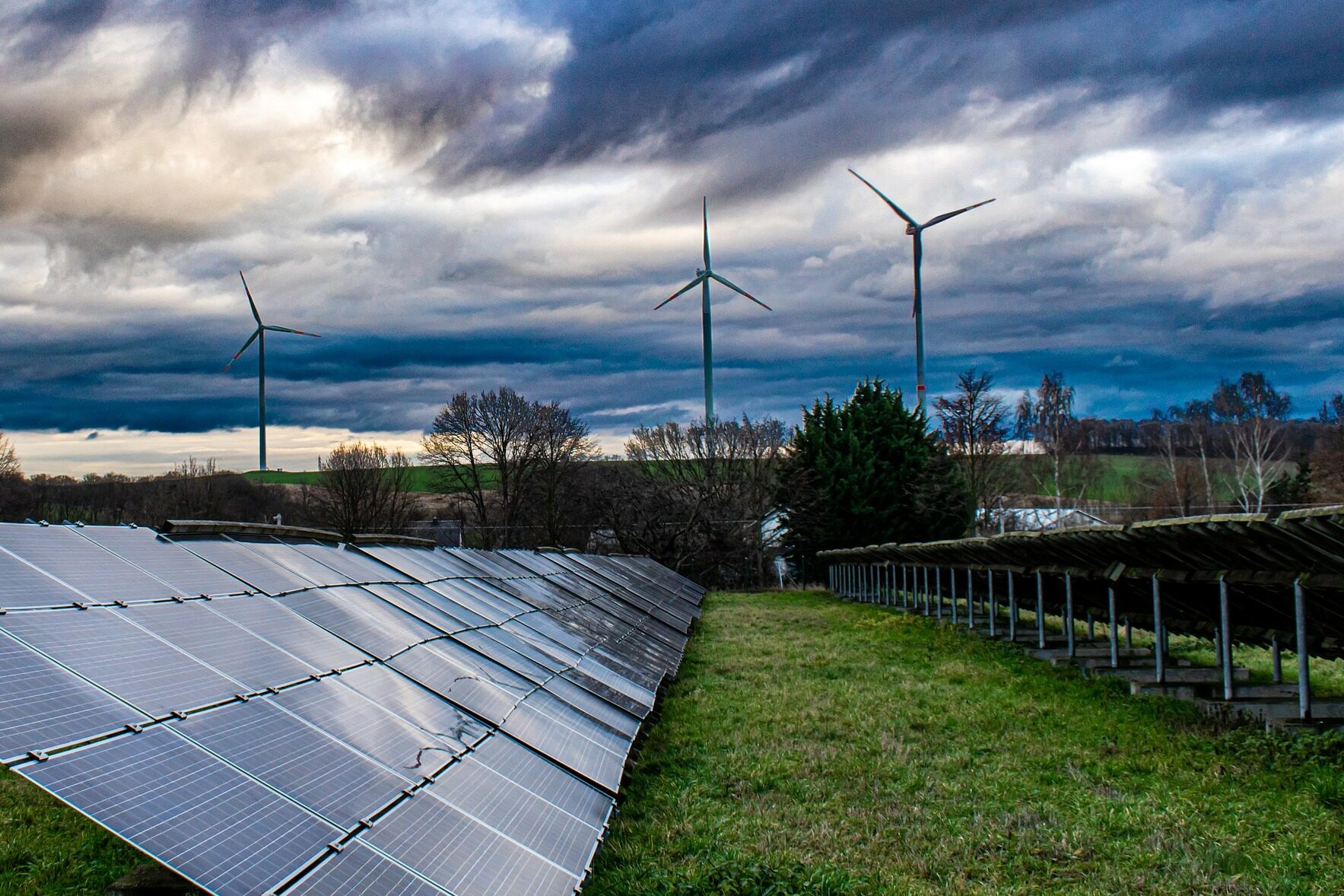
Developing countries are an important growth point for electricity consumption in the future. As countries around the world implement the climate agreement and put forward the goal of "carbon neutrality", it is vital for developing countries to achieve leapfrog development to renewable energy to avoid climate crises.
According to the International Energy Agency's classification of energy, renewable energy includes solar, wind, hydro, biomass, geothermal and tidal energy. In 2019, renewable energy power generation accounted for 27% of the world's total power generation. In 2020, the world will be affected by the new crown pneumonia epidemic. When global energy demand drops by about 5%, renewable energy power generation is still expected to increase by about 7% .
Except for a few countries such as Gabon, Montenegro, Tajikistan, Brazil and Paraguay, most developing countries have a relatively low proportion of renewable energy. The use of renewable energy in some developing countries is limited to traditional renewable energy such as wood, biomass pellets and charcoal to meet the daily needs of ordinary residents. According to the forecast of IEA, before 2025, the annual new installed capacity of solar power in the Asia-Pacific region (excluding China) will be about 30GW, the new onshore wind power will be about 6.5GW, and the new offshore wind power will be about 1.5GW; The new solar power generation is about 3GW, the onshore wind power is 0.8GW, and the offshore wind power is about 0.3GW. The offshore wind power is mainly concentrated in Vietnam.
unbalanced development
The annual new installed capacity of solar power in Africa is about 2.3GW, and the new onshore wind power is about 1.5GW per year. Offshore wind power will not be developed. Among them, in sub-Saharan Africa, the annual new installed capacity of solar power is about 1.5GW, and the newly added onshore wind power is about 1.5GW. The wind power is about 0.8GW per year, and the wind power is mainly concentrated in South Africa and Kenya; the photovoltaic and wind power in the north of the Sahara are mainly concentrated in Egypt and Morocco. The annual new installed capacity of solar power in Latin America is about 5GW, and the new onshore wind power is about 3.5GW per year. Offshore wind power is also not developed. Among them, photovoltaic and wind power are mainly concentrated in Brazil, Mexico and Chile.
In fact, the development of renewable energy among Asia, Africa, and Latin America is not balanced. Regardless of the existing installed capacity or the forecast of future installed capacity by authoritative organizations, the Asia-Pacific region (excluding China), Latin America, The Middle East region has relatively large stocks of photovoltaic and wind power, rapid growth, and large future development space; Africa has rich solar resources, but the stock of photovoltaic installations is small, and the future growth of photovoltaic installations does not match its solar resource endowment; In addition, the stock of onshore wind power installed in Africa is also very small, and the growth rate of onshore wind power is not fast. It is unlikely to vigorously develop offshore wind power in the foreseeable future.
Solar energy resources are not balanced in all countries in the world. Among the developing countries, countries and regions rich in light resources include North Africa, the Middle East, southern Africa, the east and west coasts of South America, South Asia, and Indochina. The distribution of global wind resources and solar resources have different trends. Among developing countries, North Africa, southern Latin America, southern Africa, Eastern Europe, northern and southeastern coastal wind resources of China are relatively rich.
Except near the coastline of southern Africa, sub-Saharan Africa, South Asia, the western Indochina Peninsula, and central Latin America are not rich in wind resources, and it is difficult to develop wind power; but these regions are rich in light resources and are very suitable for the development of photovoltaics. In addition, land resources are also an important resource for renewable energy, especially photovoltaic power generation. Densely populated countries such as Indonesia and Bangladesh have strong demand for electricity, but there is a shortage of land, and it is difficult for ground-based centralized photovoltaics to develop rapidly.
Keywords: overseas engineering, international engineering construction, foreign engineering construction news
Different countries have different policies to support the development of renewable energy according to their own development levels and resource conditions. Some countries have introduced a series of subsidy policies in order to increase the proportion of renewable energy power in the national power, which has accelerated the development of renewable energy in the region. Generally speaking, it takes an average of 25 years to increase power coverage from 20% to 80%. Based on the current situation, it is expected that it may take a long time for Sub-Saharan Africa to fully catch up with the rest of the world.Editor/XuNing
Comment
 Praise
Praise
 Collect
Collect
 Comment
Comment
 Search
Search


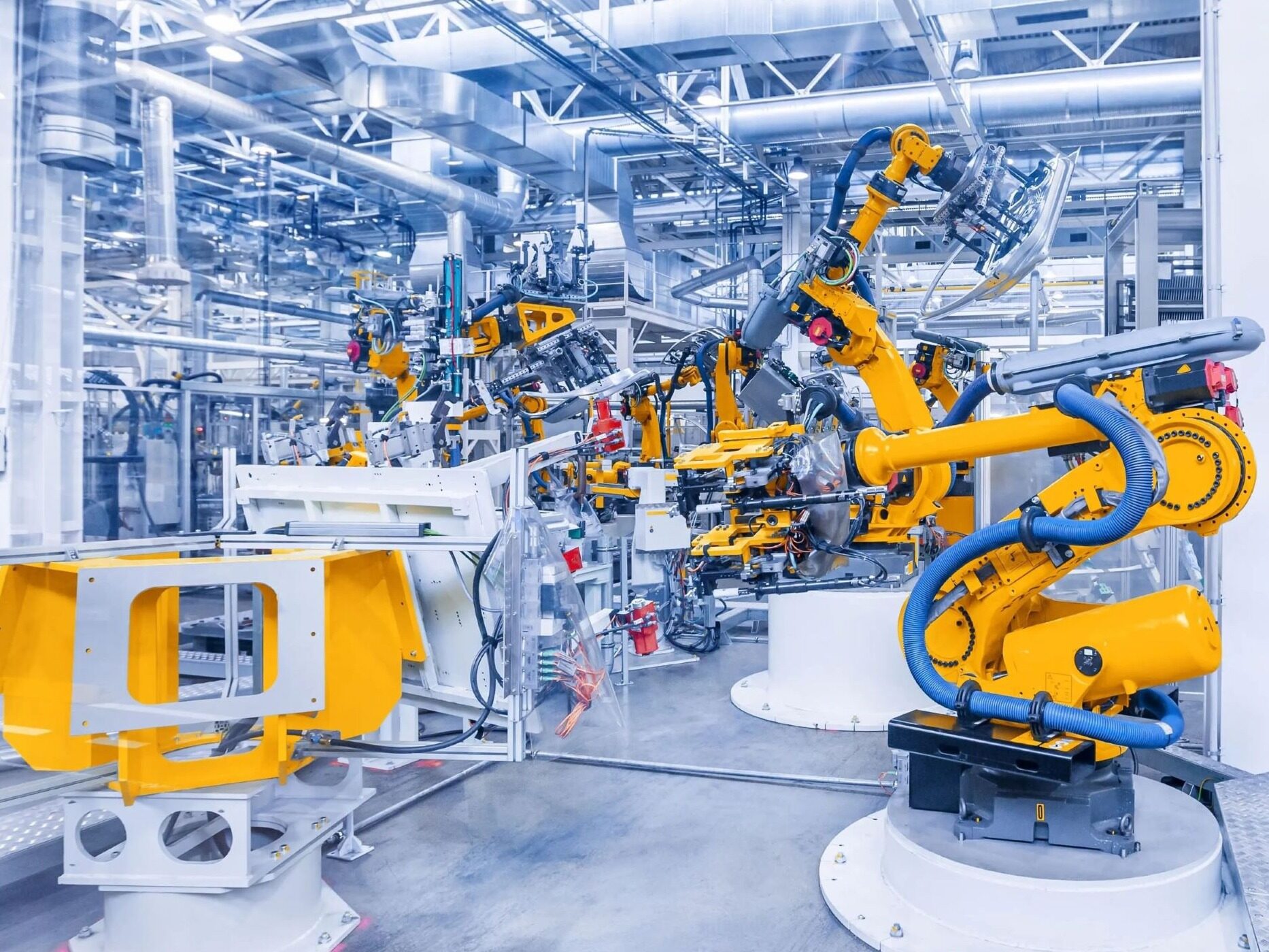
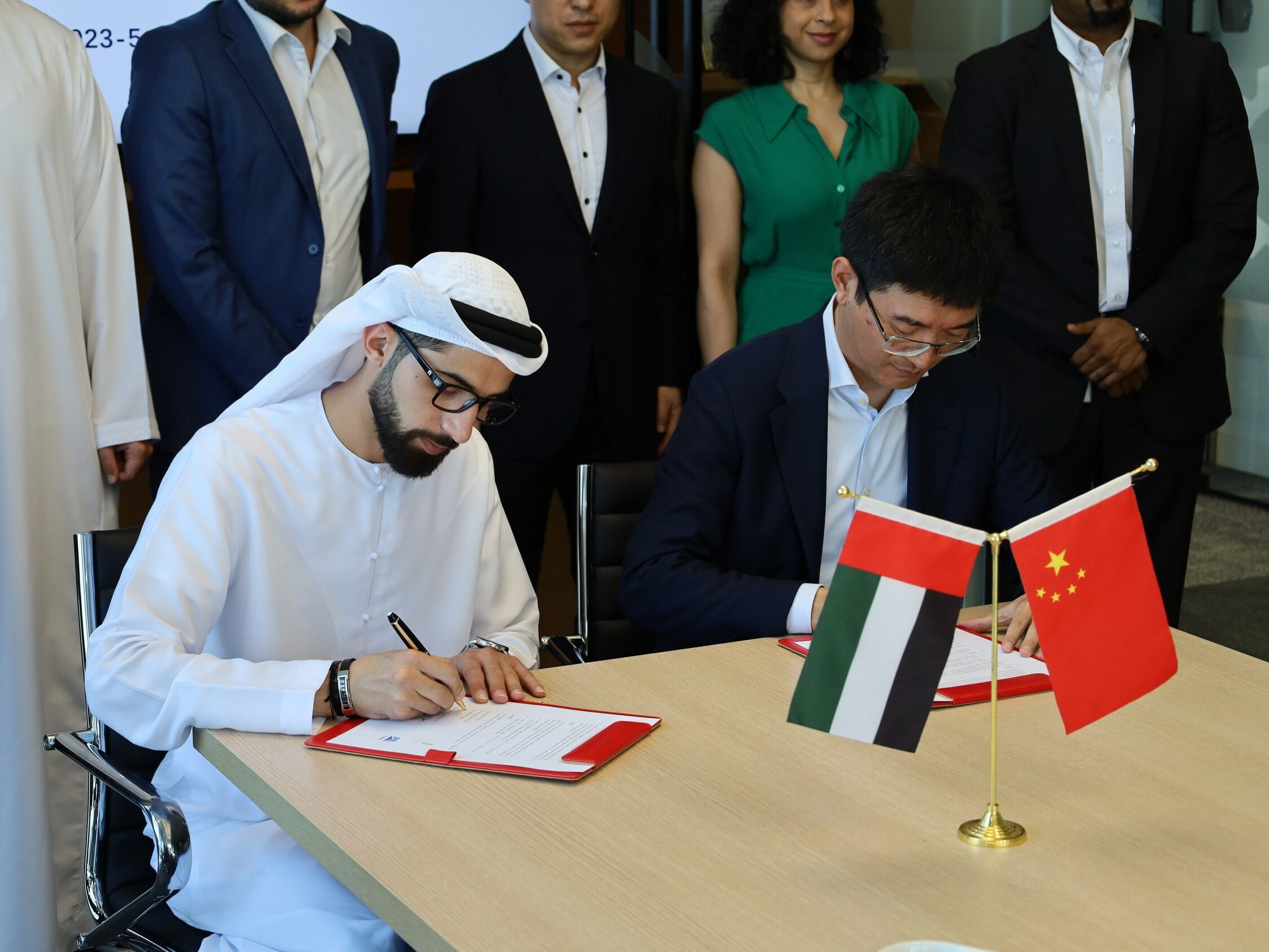
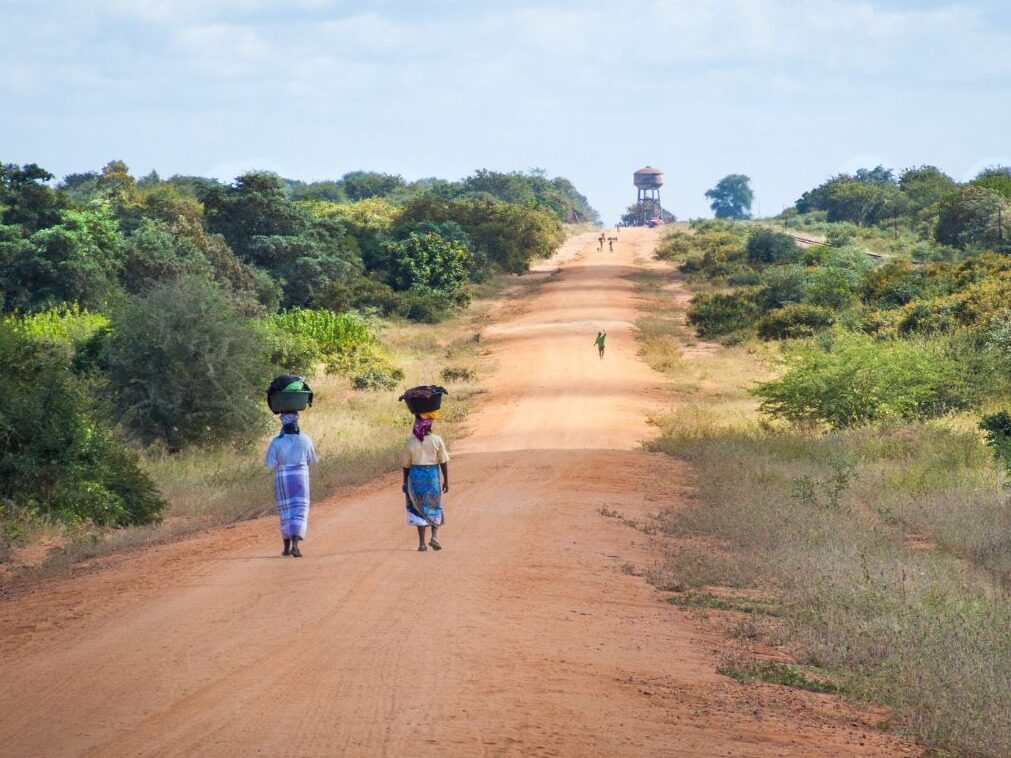
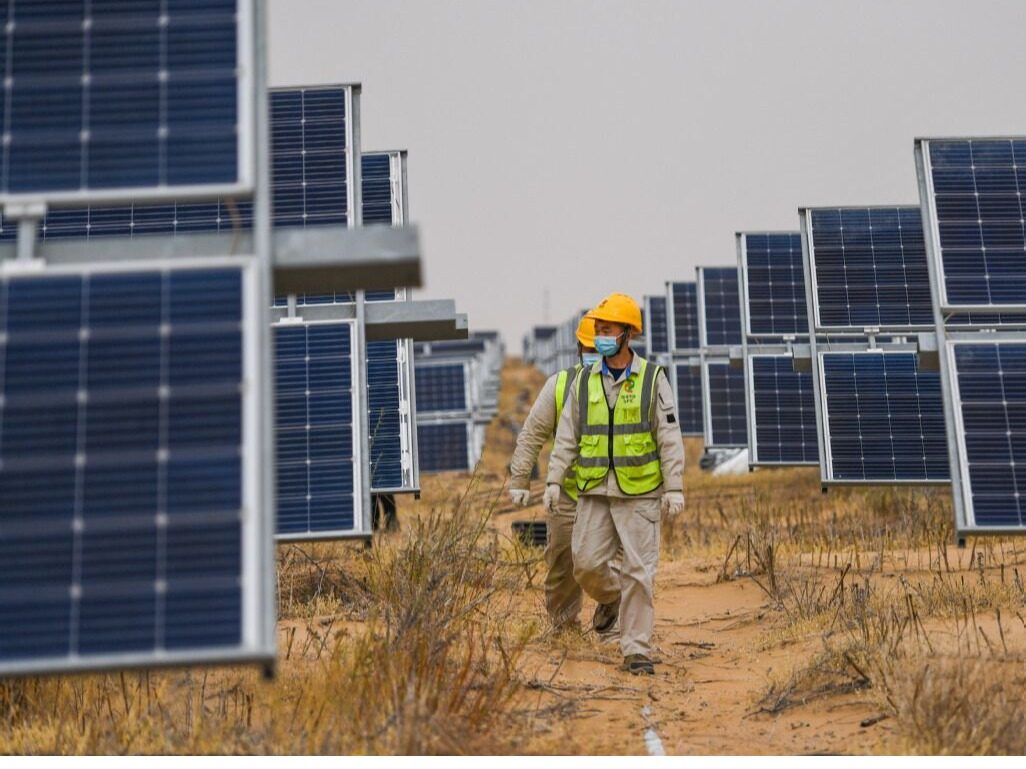
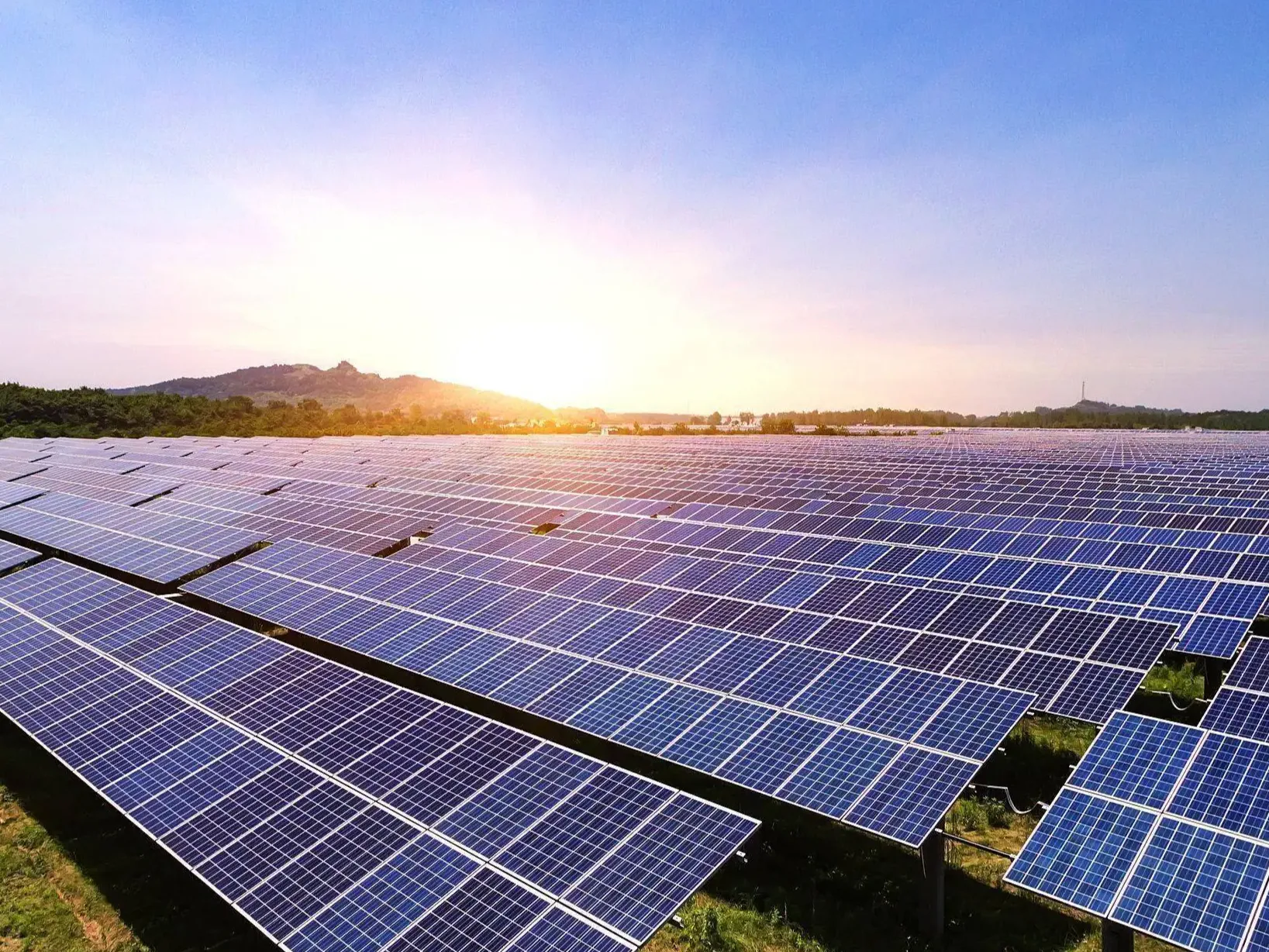
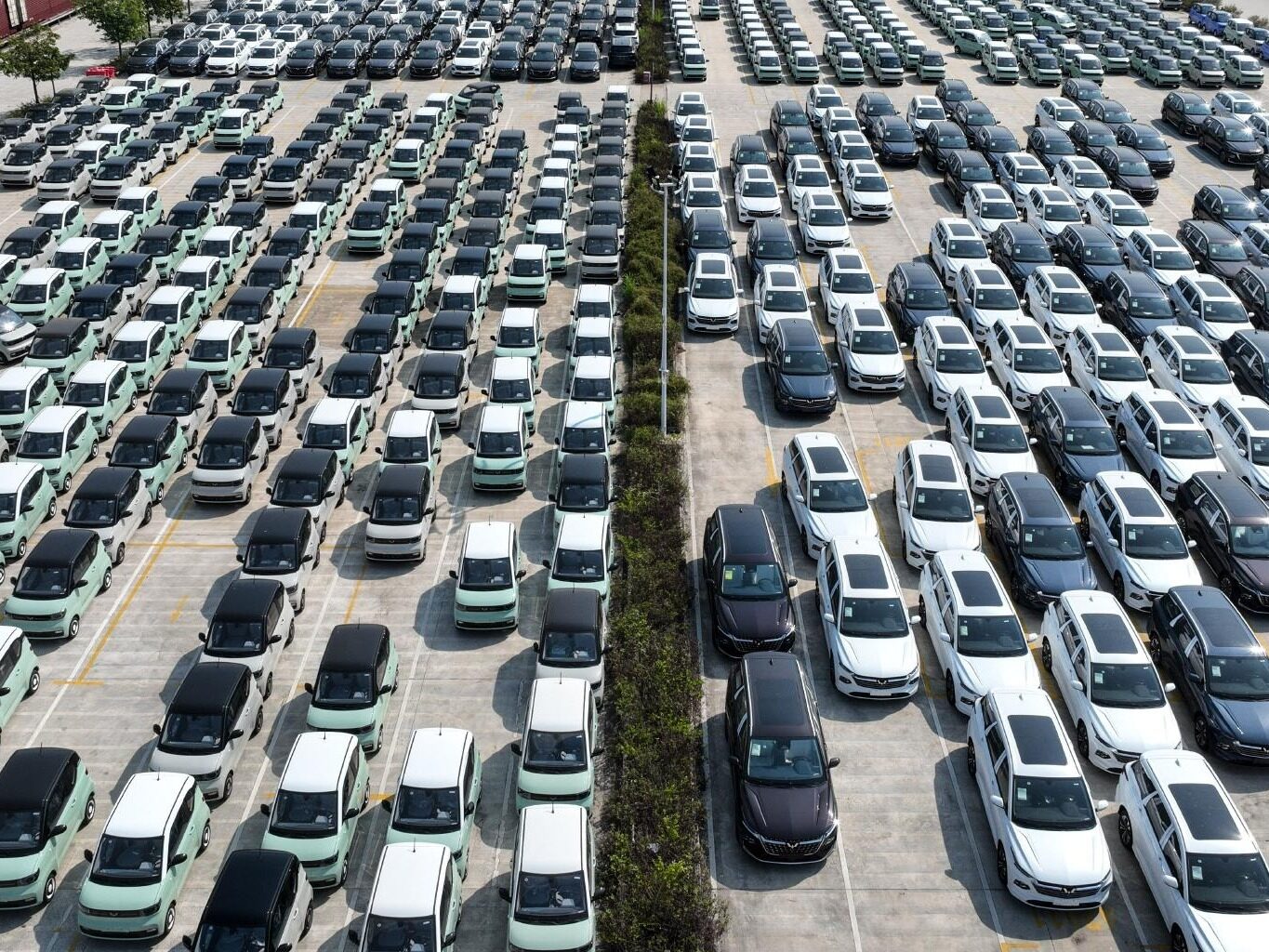






Write something~